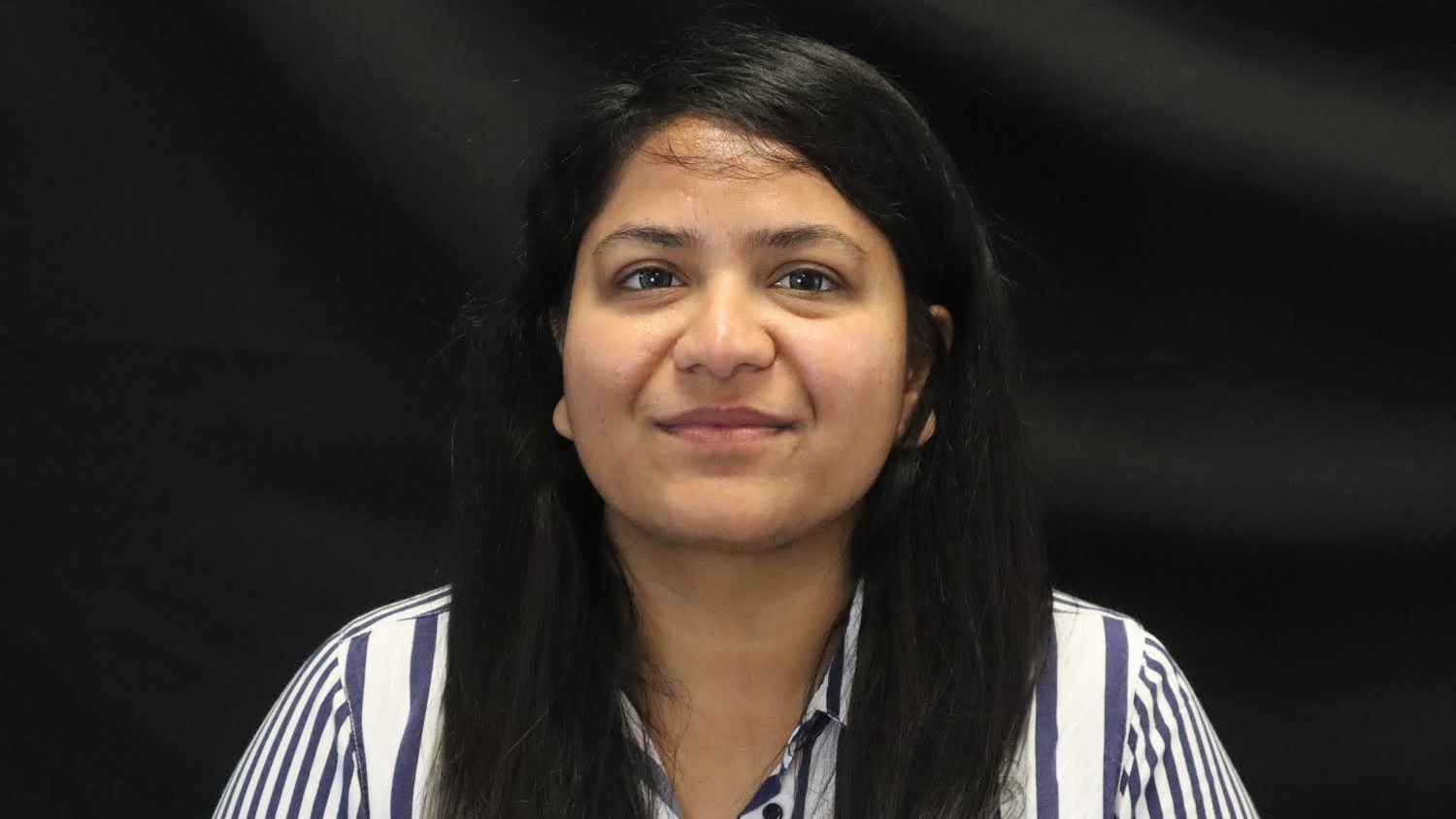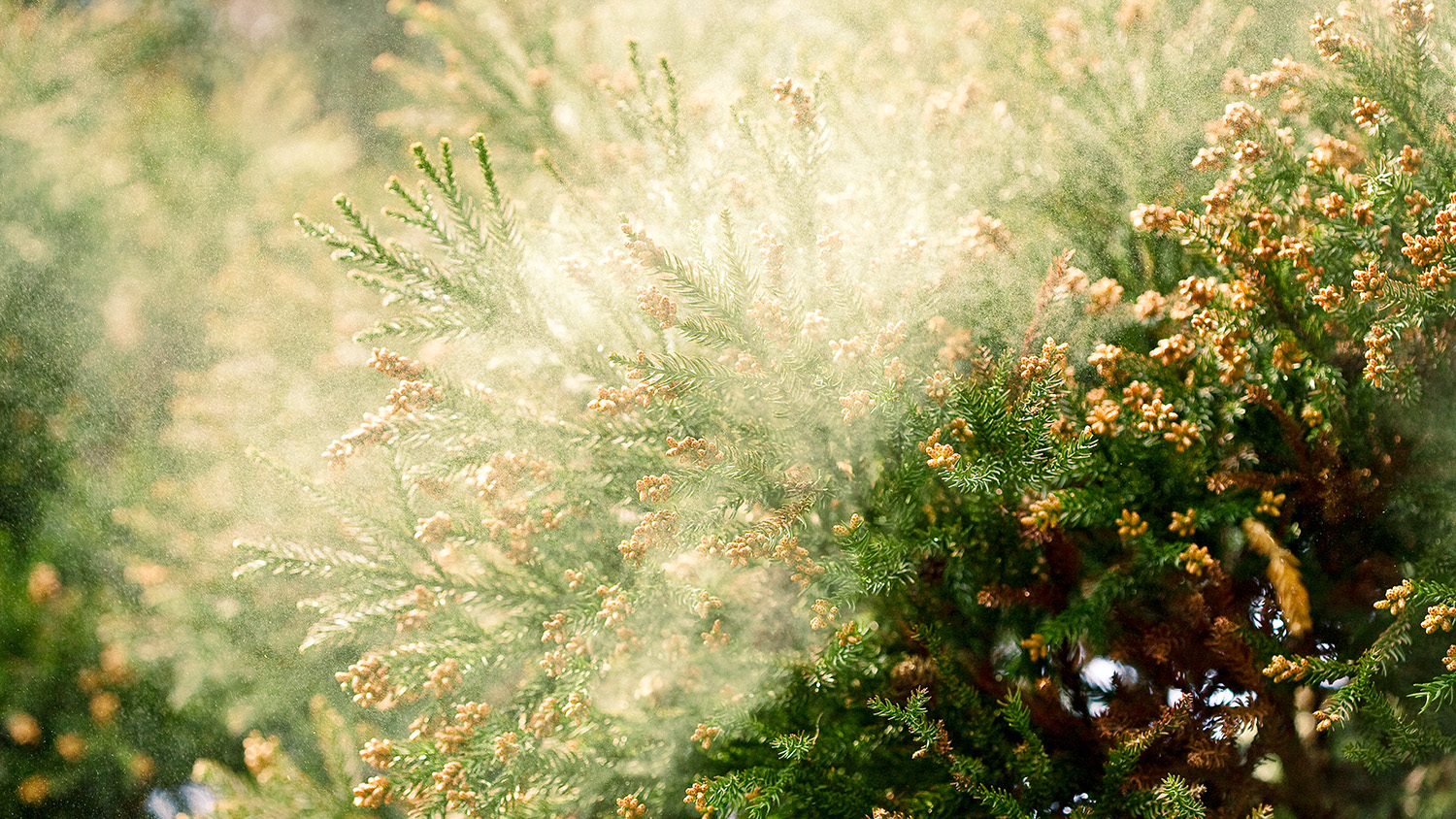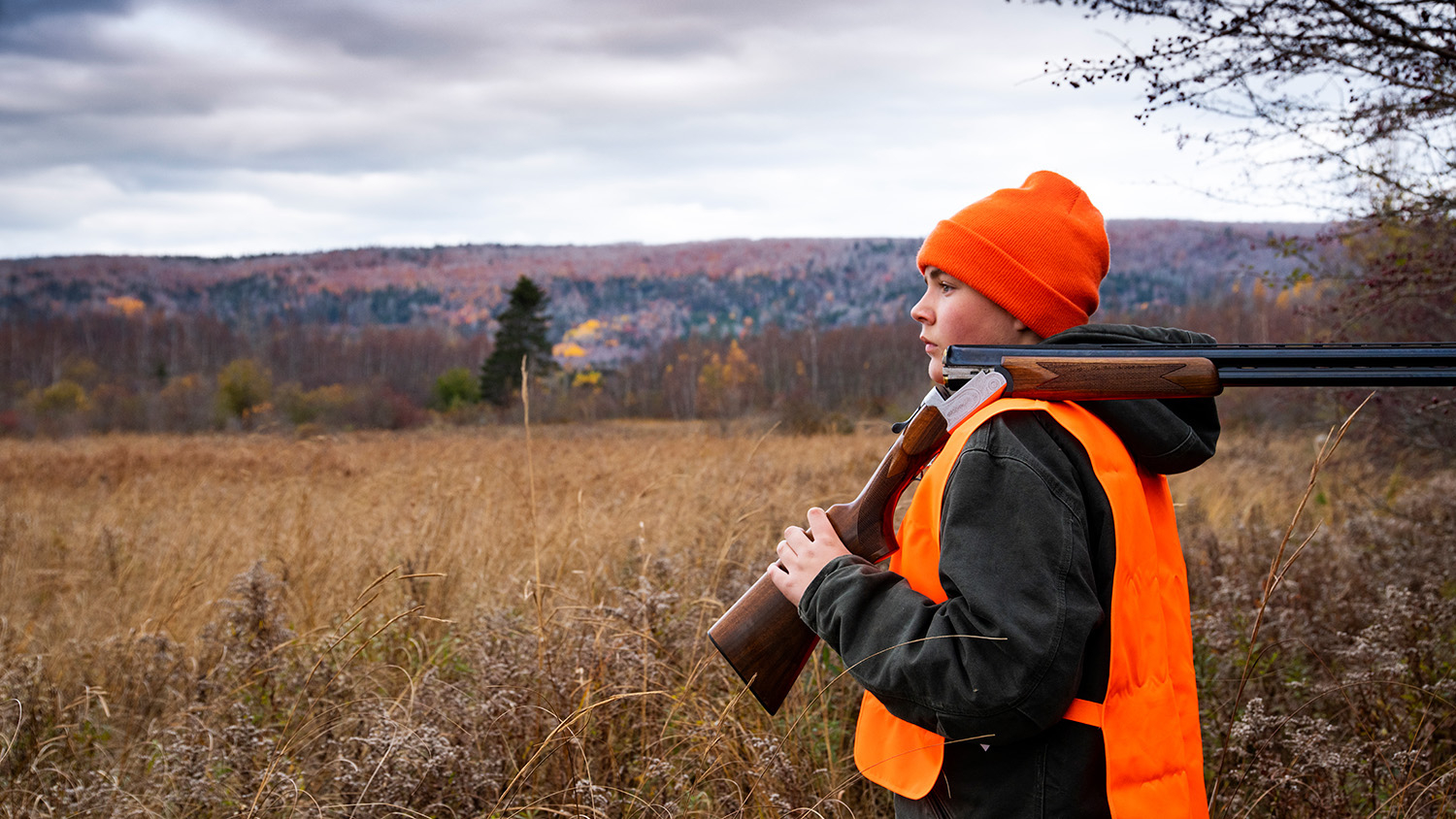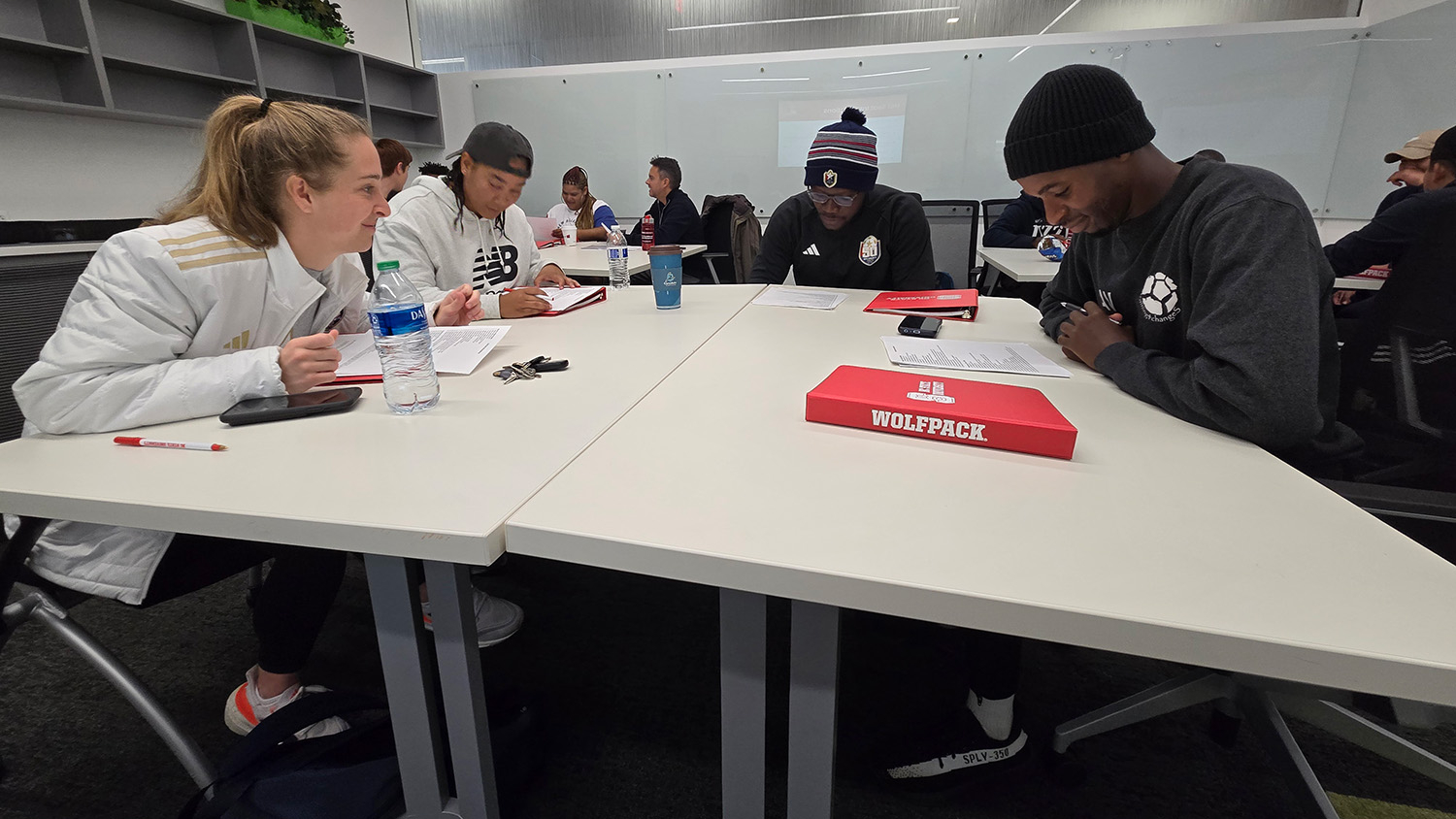Graduation to Vocation: Using Biomaterials Sustainably

Salonika Aggarwal is graduating with her Ph.D. from the Department of Forest Biomaterials. Her research focused on supercritical carbon dioxide and drying and extraction techniques of different biomaterials for industrial, energy and biocomposite applications.
She will soon be conducting research at Old Dominion Research in collaboration with NC State. Before she leaves, we caught up with Salonika to hear about her experience in the College of Natural Resources.
What kind of research did you participate in?
I worked with different kinds of biomaterials such as wood, biosolids and even seeds of different types of fruits. I tried to look for less energy intensive drying of all these biomaterials and extracting wanted and unwanted ingredients from them. Because of COVID-19, I could not work in the lab for almost three months but I focused more on writing and literature search.
What is unique about you or your work?
I was working on two important aspects of one technology simultaneously rather than working on only one aspect which most of the researchers have done. I was also trying to find industrial applications of supercritical carbon dioxide, which needs to be commercially viable because of it being renewable and greener technology.
What motivated you to pursue your work?
First of all, my supervisor motivated me a lot to work on different areas using the same technology. He provided me with many ideas and gave me freedom to work on that. Secondly, the requirement of the removal of green house gases and all of the ongoing research on the same motivated me to do my bit in this area.
What advice would you give students entering your major or field?
Enjoy your research. You will have many failures but learn from them and keep going. Talk to people, ask for help because people are nice.
This post was originally published in College of Natural Resources News.


